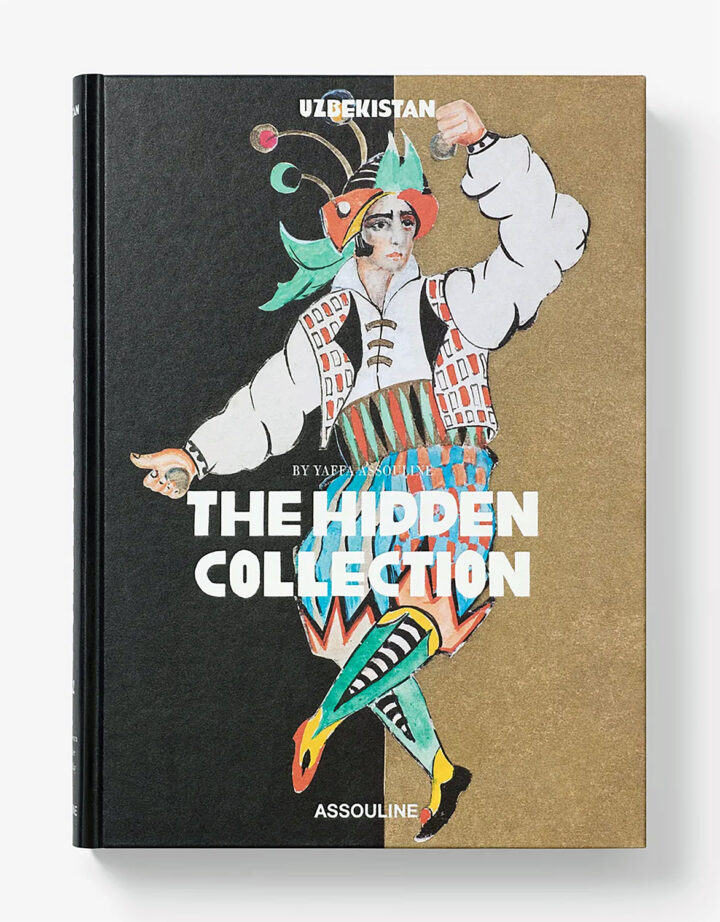György Cziffra was one of the greatest pianists of the 20th century, whose virtuoso playing and dramatic destiny made him a legend. He was born in Budapest on November 5, 1921, the son of a Roma cymbal player and a Hungarian mother. As a child he showed an extraordinary talent for the piano, which he learned from his sister, who sacrificed her lessons to him.
At the age of five, he was hired by a traveling circus, where he delighted audiences with his improvisations on random themes. At the age of nine he was accepted at the famous Franz Liszt Academy of Music, where he studied with Ernst von Dohnányi, among others.
However, his career was interrupted by World War II, when he was sent to the Eastern Front as a Hungarian soldier. There he experienced cruelties and privations that marked him forever After the war, he returned to Budapest, where he struggled as a café and cabaret pianist. He tried several times to escape from communist Hungary, but was arrested and tortured each time. It was not until 1956 that he managed to escape to Vienna with his wife Soleilka and his son György junior.
In Vienna he began his international career as a concert pianist, which soon took him to Paris, London and New York. He was most celebrated for his interpretations of Liszt, Chopin and Schumann, but also for his own virtuoso arrangements of orchestral works such as the Flight of the Bumblebee by Rimsky-Korsakov and the Danube Waltz by Johann Strauss. His playing was characterized by an incredible technique, a fiery temperament and a deep musicality. He was considered one of the few pianists who could revive the spirit of Liszt.
But his life was also overshadowed by tragedy. He lost his son in an accident in 1981, which plunged him into a deep crisis. He set up a foundation to support young pianists and built a chapel at his estate in Senlis near Paris, where he retired. He died of a heart attack on January 15, 1994.
György Cziffra was an extraordinary artist who devoted his life to music but also suffered from the horrors of history. His legacy is a source of inspiration and admiration for all lovers of the piano art.


